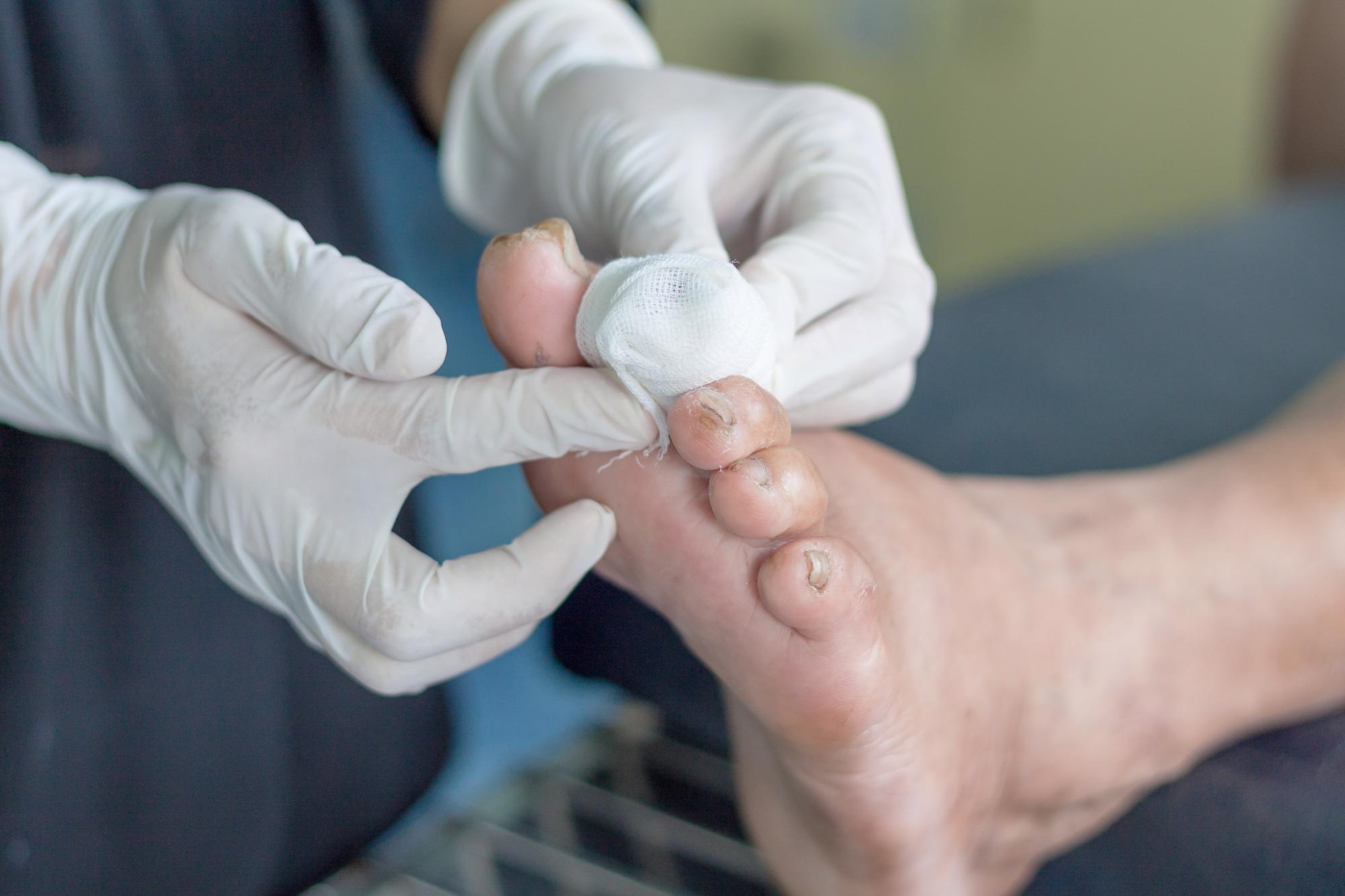Previous studies have indicated that 5 percent of the individuals in the US with diabetic foot ulcers need a major leg amputation. Most individuals fear leg amputation more than death. However, the burden of major leg amputations is shared unequally among individuals in the US. Patients who identify as Black undergo amputation at twice the rate compared to those who identify as non-Hispanic White. Additionally, rural patients have approximately 35 percent higher odds of major leg amputation as compared to urban patients.
Neighborhood disadvantage is quantified using the Area Deprivation Index (ADI) from measures of income, educational level, housing quality, and employment. Neighborhood disadvantage is reported to be associated with a high risk of major leg amputation owing to diabetic foot ulcers in Europe, while in the US, it is associated with poor health quality and diabetes.
Although rural, racial, and neighborhood disadvantages are well established, how they coalesce to affect diabetic foot ulcer outcomes is not yet known. Intersectionality is a theoretical framework that is rooted in Black feminist legal studies for the improvement of social justice for marginalized people. The main principles of intersectionality include historically oppressed populations, overlapping identities, and social determinants of health. Furthermore, previous studies have indicated that high rates of all-cause deaths are reported in US counties where most residents identify as Black, and they have higher odds of poor outcomes due to cancer and peripheral vascular disease.
A new study published in JAMA Network Open aimed to identify how intersectionality among race, ethnicity, rurality, and neighborhood disadvantage can result in high risks of major leg amputations and death among Medicare beneficiaries who were hospitalized with diabetic foot ulcers.
 Study: Association of Race, Ethnicity, and Rurality With Major Leg Amputation or Death Among Medicare Beneficiaries Hospitalized With Diabetic Foot Ulcers. Image Credit: kirov1976 / Shutterstock
Study: Association of Race, Ethnicity, and Rurality With Major Leg Amputation or Death Among Medicare Beneficiaries Hospitalized With Diabetic Foot Ulcers. Image Credit: kirov1976 / Shutterstock
About the study
The study involved recruiting participants who were admitted to Medicare beneficiaries during acute hospitalization from January 1, 2013, to December 31, 2014. A national retrospective cohort of hospitalized patients with diabetic foot ulcers was constructed by identifying the patients with diabetes. Following this, diabetic foot ulcers were categorized as early-stage, osteomyelitis, or gangrene. Only the first index admission was considered for patients who were admitted more than once. All the patients were followed up for 30 days after the hospital discharge.
Thereafter, three social identity metrics, race, ethnicity, rurality, and neighborhood disadvantage, were investigated. In addition, data on sex, age, and receipt of Medicaid coverage the year before hospitalization was also collected, along with the identification of comorbidities.
Study findings
The results indicated that a total of 124,487 Medicare beneficiaries were hospitalized with diabetic foot ulcers during the study period. Of them, 21,649 individuals identified as Black, 88,525 identified as White, 10,158 identified as Hispanic, and 4155 identified as another race or ethnicity. Overall, 13,451 patients were reported to die, and 9,617 patients were reported to undergo a major leg amputation either during the index hospitalization or within the follow-up period.
A higher proportion of patients belonging to the racial and ethnic minority groups were found to live in urban and disadvantaged neighborhoods as compared to those who identify as White. Also, these patients were found to be younger and with higher comorbidities as compared to those who identify as White. A 2-fold difference in the occurrence of gangrenous ulcers was observed in patients identifying as Black and patients identifying as White.
Furthermore, patients identifying as Black who were hospitalized with diabetic foot ulcers were reported to have a 21.9 percent rate of death or major leg amputation, which was 4.3 percent more compared to the overall cohort’s proportion of 17.6 percent. The proportion of death or major leg amputation for rural patients was found to be 18.3 percent which is 0.7 percent higher than the overall cohort. Moreover, the proportion of major leg amputation or death among rural patients identifying as Black was found to be 28.0 percent which is 10 percent higher than the overall cohort. A higher proportion of patients living in disadvantaged neighborhoods were also found to undergo death or major leg amputation as compared to those living in nondisadvantaged neighborhoods.
The results also indicated a significant interaction among rural patients and those who identified as Black. A 14 percent higher risk of death or major leg amputation was observed for rural patients identifying as White compared to urban patients identifying as White. However, the risk increased by more than 80 percent for rural patients identifying as Black compared to urban patients identifying as Black. Overall, a 24.7 percent higher risk of death or major leg amputation was observed for rural patients who identified as Black.
Therefore, the current study indicated that rural patients who identified as Black had an increased risk of death or leg amputation due to diabetic foot ulcers. The study further indicates the interaction of racial and rural disparities that increased the risk. Therefore, an intersectionality lens must be used to investigate disparities in major leg amputation and mortality for patients with diabetic foot ulcers.
Limitations
The study had certain limitations. First, the data comprised mostly of older adults along with an insured population. Second, since the study took place in 2013 and 2014, it may not be able to predict the current trend accurately. Third, the study may consist of misclassification or may underestimate comorbidities.